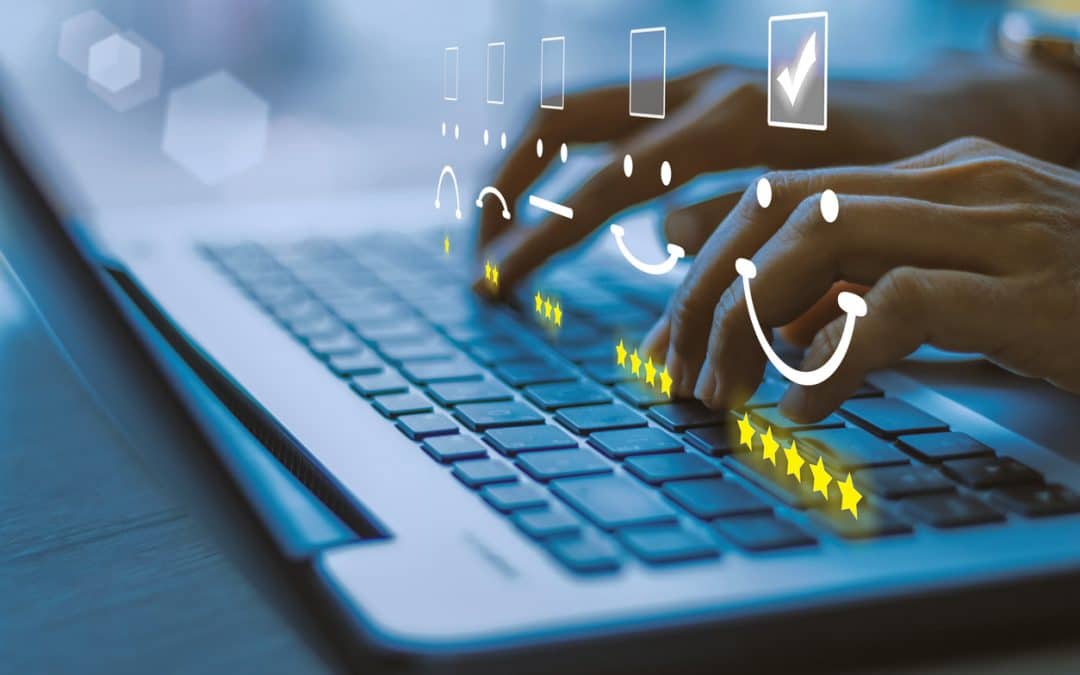Positive, Effective Feedback
Feedback and constructive criticism are necessary components for managing workflow, employee growth as well as employee satisfaction. However, with the rapid transition to remote work, this component was either put on the back burner or gone about incorrectly. Considering the fact that this was the first introduction to remote work for many of us and it was done under the stress of a global pandemic, there was bound to be some growing pains.
Now that an entire year has passed and with many employers talking about extending the option of remote work indefinitely, it is time to address the best practices for delivering feedback and constructive criticism to remote workers.
Tips for Giving Feedback
Marti Fischer, a communications coach and career transition strategist, explains in a recent Forbes article that even in what we realize was optimal circumstances, there was no guarantee that feedback would translate into productive results. Now, with all the challenges brought about by a remote work, it may seem impossible to effectively deliver feedback to employees and team members.
Fischer states that luckily, employees are especially tuned into leadership as they look for direction, support, and motivation during these chaotic times. So, if you follow the tips below, she believes you will be able to deliver feedback that not only helps improve productivity, but also strengthens team bonds.
- Make a feedback loop a part of your routine and incorporate it into conversations and one-on-one calls. This will allow you to detect negative feelings, confusion, or gossip before it has the chance to escalate.
- Begin any feedback conversations with check-in questions, such as “How are you doing today?” and “What is the most important thing you are working on today?” This allows you to gauge your employee’s mindset and how to best deliver feedback for optimal results.
- When an employee feels surprised or blindsided by feedback, they are likely to react defensively and will be unable to incorporate your advice. That is why all feedback conversations should begin with appreciation for past accomplishments and a statement of the desired outcome for the conversation.
- Use the SBI Model- Situation- Behavior-Impact developed by the Center for Creative Leadership (CCL) to plan and deliver feedback. This model puts the focus on a specific point in time, isolates a behavioral characteristic, and describes its larger impact on either productivity or interpersonal relationships.
- Instead of blatantly asking “What were you thinking?” try to achieve “recipient generated accountability.” This is where you get the employee to discuss their overall goal and thought process for a certain task or event. It allows them to find the fault of problem on their own without you pointing it out, and then you can move forward together to come up with a solution that is more likely to be well received.
For in-depth examples of giving positive, effective feedback to remote employees, click here!



